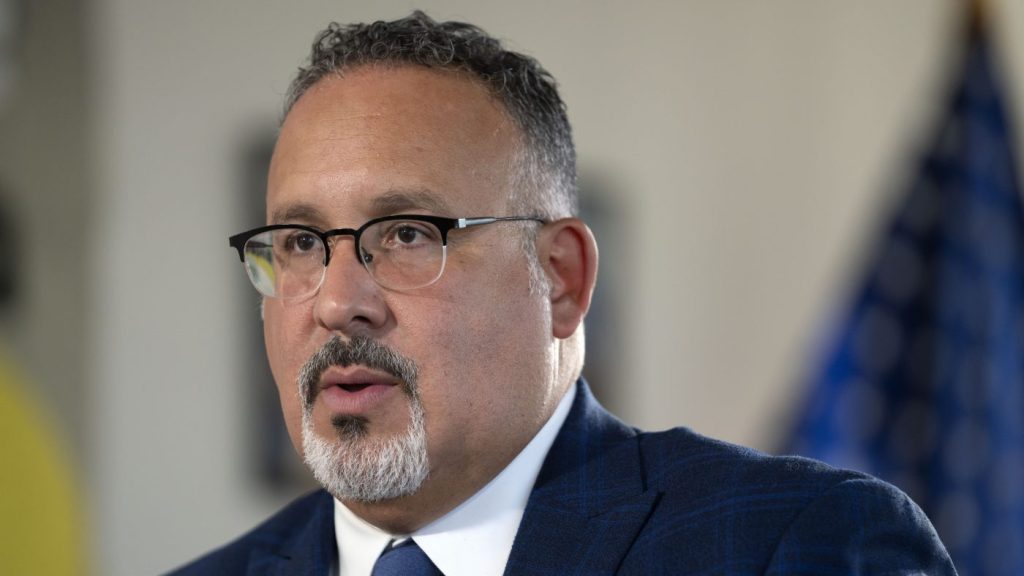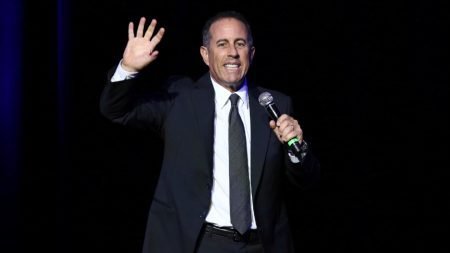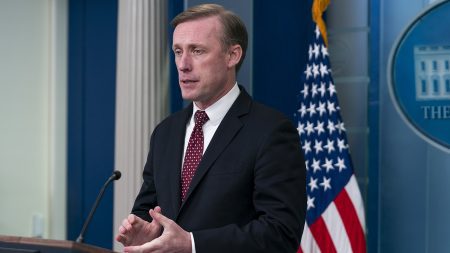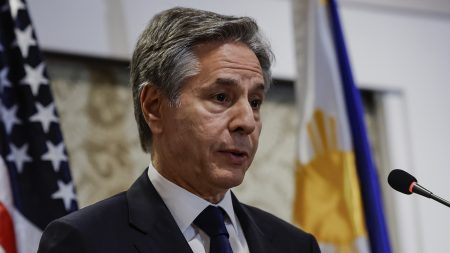The Education Secretary, Miguel Cardona, wrote to governors on Tuesday to suggest ways to help more students finish their Free Application for Federal Student Aid (FAFSA) forms and reduce stress for them.
The new FAFSA application process has faced challenges, including a late start in January and errors in 200,000 forms sent to universities.
In his letter, Cardona shared steps the Department has taken to help students, families, and institutions during this unusual transition, and outlined steps for states to encourage FAFSA completion and support higher education institutions in preparing financial aid packages.
The department has five recommendations for governors due to the FAFSA delays and compounding issues.
Cardona wants governors to adjust their state financial aid timelines and push colleges to delay institutional decision ones. States should also ensure they have the budgets and support in place for their agencies to be able to complete the work in a timely manner.
Finally, the department wants states to collaborate with the K-12 system to reach as many high schoolers as possible to encourage them to complete the FAFSA forms.
Cardona expressed confidence in governors' commitment to help students access education and career paths, expand economic mobility, and meet workforce demands, and emphasized the importance of delivering a Better FAFSA for future generations.
Currently, over 6.3 million FAFSA applications have been submitted to the department, but this is lower than the typical 17 million completed applications in a cycle.
This year's FAFSA cycle has been atypical, with forms available three months later than usual and schools not receiving financial aid information until March. Experts do not believe the department will reach the average number of completed forms this year. Many colleges have already moved back their decision deadlines, typically on May 1, due to the shortened timeline where students may only receive offer letters a few weeks before May begins.
Education Secretary Miguel Cardona sent a letter to governors with recommendations to increase completion of FAFSA forms and ease stress on students. The new FAFSA rollout has faced challenges.









